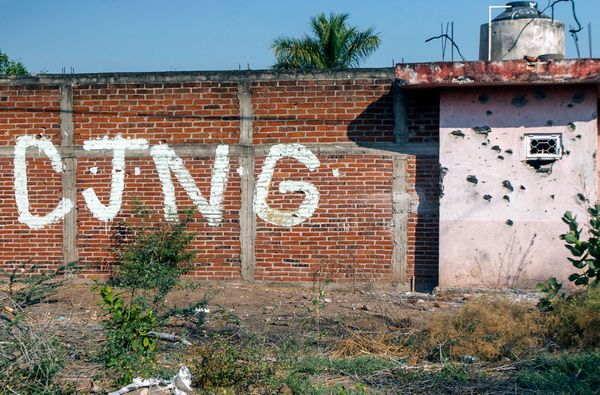THE fractiousness of Scottish politics means that the pilot launch of a safe drug consumption facility in Glasgow in 2024 will be probed for either success or failure as soon as feasibly possible.
In all likelihood, only one metric will be used by opposition politicians and much of the media to determine the results and potential further rollout of the pilot: the rise or fall of drug deaths in Glasgow.
“You can’t expect them to be a silver bullet for drug-related deaths,” said Dr James Nicholls, a senior lecturer in public health at the University of Stirling.
Nicholls has consistently stressed the importance of Scotland gathering its own evidence base for safe drug consumption facilities.
“These facilities need to reflect their local drug situations,” he told the Sunday National.
“They’re very local interventions and they need to be responsive to the needs of the communities they’re operating within.
“There’s a crisis in Scotland that needs addressing but it has very specific patterns of use.
“Benzodiazepines are associated with a lot of drug-related harms in Scotland, as well as opiates such as heroin.
“But there’s also a lot of cocaine injecting at the moment.
“It all means that we can’t translate what’s worked in other places at different times directly to Scotland. We need to find out what works here.”
Instinctively, it makes sense. The severity of Scotland’s problem with drug deaths suggests there’s something different going on than in other countries.
Yet, as is often the case, politics can muddy the evidence-based recommendations of health professionals and academics.
“It’s a cliché to say it but safe consumption facilities really have become a political football,” said Nicholls.
“Particularly between the Westminster and Holyrood governments.
“Because, as an intervention, they’ve become such a lightning rod politically then people from all sides jump on them to make larger political points.
“That’s unfortunate and unhelpful because it’s just one intervention among many.
“We almost need a dialling-down of the rhetoric surrounding safe consumption facilities. Let them be opened, evaluate whether they’re effective or not, and then decide whether it’s something we need to continue with.
“This is about the drugs death crisis, not about scoring political points. If it can help with that, that’s the only thing that matters.”
The legal barriers to their introduction have previously meant that safe consumption facilities are treated as a particularly controversial measure in Scotland.
While the UK Government vowed not to interfere, comments from senior figures such as Penny Mordaunt continue to paint the practice as something uniquely egregious as well as uniquely Scottish.
In truth, they’ve been deployed in various countries in Europe since the 1980s and more recently in Canada, the US and Australia.
Despite their increasing use internationally, the UK Government has resisted their introduction largely because their impact on preventing overdoses can be difficult to measure – particularly when attempting to compare different countries with vastly different patterns and histories of drug use.
One of the benefits of Scotland opening a facility is that, finally, some first-hand evidence of their impact within the country can be gathered and poured over. Still, Nicholls cautions against allowing drug deaths figures to become the only metric by which the facility’s success is measured.
“There are lots of things that need to be done to reduce deaths at the overall population level,” said Nicholls. “You can’t expect a single safe consumption facility to transform that wider landscape.
“But there are plenty of other metrics by which we can measure its effectiveness. For example, how much is it being accessed by the most marginalised populations?
“Are the people using them more likely to be involved in safer injecting practices? Are they more likely to engage in other treatment and support services? How many lives are being saved in the facility itself?”
“They’re only part of the jigsaw,” added Nicholls “There’s a whole range of things that need to be done, from better funding for the treatment system to the wider availability of Naloxone.
“Safer drug consumption facilities aren’t an alternative to treatment or an alternative to recovery. You need both.
“People have to be kept safe and alive while also being provided the support to kickstart positive change in their life.”
The political hunger for success stories or attack lines has a habit of reducing policy down until it can be considered a victory or a failure.
But that’s not how we should be looking at this, stressed Nicholls. Funding for such services can so easily disintegrate in times of economic hardship.
As such, it’s vital to find out what works and what doesn’t when it comes to helping drug users in Scotland.
It’s time to lower the volume of political partisanship around safe consumption facilities and let the evidence speak for itself.







